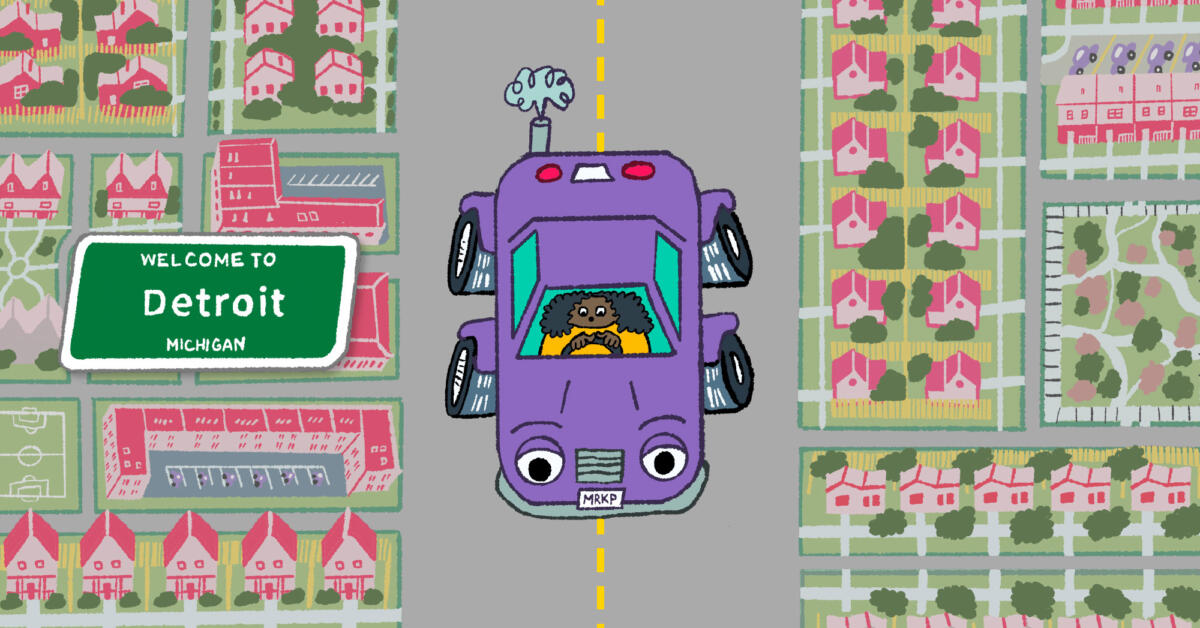Here in Denmark we also pay according to the risk profile of the area.
So isn’t this more because of higher crime rate? And not actually related to skin color?I worked for a car insurance company in Spain. One of the things that would make rates skyrocket was the postal code. It all comes down to statistics.
As an example, an insurance covering the car glasses in Lanzarote cost triple than in say Tenerife. And it has nothing to do with crime in this case because you’d argue that Tenerife has a higher number of crimes than Lanzarote. However, because of the terrain in Lanzarote, it’s extremely frequent to break your windshield or any other window because there’s volcanic ash everywhere.
I’d expect as much. If I moved to Stockholm the traffic insurance on my car would double, and if my car was written on me rather than my mother it would double again (insurance companies hate young men).
When taken in context with the historical practice of red-lining, it’s more racist than it appears. If a policy ends up charging a specific minority more than others, then that’s probably the point. The Purpose Of a System Is What It Does.
There is certainly room for an argument that the system in general feeds back into itself so we should, as a society, make an active effort to undo this feedback loop.
However, if the expected payout in an area is higher, insurance rates in that area are generally going to be higher. This isn’t “racist” no matter what context you put it in. It’s just cold, objective, and heartless numbers that might be the result of racism.
If a policy ends up charging a specific minority more than others, then that’s probably the point.
The policy ends up making the insurance company money. Why is that not “probably the point”?
It’s just cold, objective, and heartless numbers that might be the result of racism.
yeah, that’s what red-lining was, and why this is happening.
Red-lining was very deliberately done - at least partially - based on race. Literally even going so far as to label the red-lined areas as “infiltrated.”
But that being said, this could very well still be a remnant of red-lining, among the multitude of other ways minorities have been historically put at a disadvantage. So, again, I’m open to an argument that it should still be disallowed. But when you start calling numbers “racist” you’re going to lose a lot of people.
If only we had politicians not owned by corporations. They are supposed to serve the people.
I’m sure that’s part of the problem, but some politicians are plain ol’ racists
Insurance companies are legally locked in to having to pay out 85% of what they bring in back out to their customers, and they try to just barely hit that mark every single year. If you’ve ever gotten a little “customer appreciation” check mailed back to you from your insurer that 85% law is the real reason. It means they didn’t pay out quite enough.
So that being said, insurance companies charge higher rates in areas where the most claims happen. They aren’t making more money when they do this. They’re still capped at making their 15%.
So for an insurance company there’s three options.
-Charge everyone everywhere the same, so people in low claim areas are forced to pay higher prices, which means they’ll try getting insurance elsewhere.
- Charge more in areas where claims payouts are highest. Which seems like it would be fair.
-Stop offering insurance at all in areas with higher risk. Which means that people living in certain places may end up not being able to find an insurer.
The article is trying to present this as a race issue, and that’s just total bullshit. It’s just based on likelihood of cars to get damaged in the area you live at. No one here who’s been to Detroit will argue that your car is just as safe there as it is everywhere else. The crime, and poor driving habits, and likelihood of a person walking out in front of your vehicle are all higher than elsewhere.



